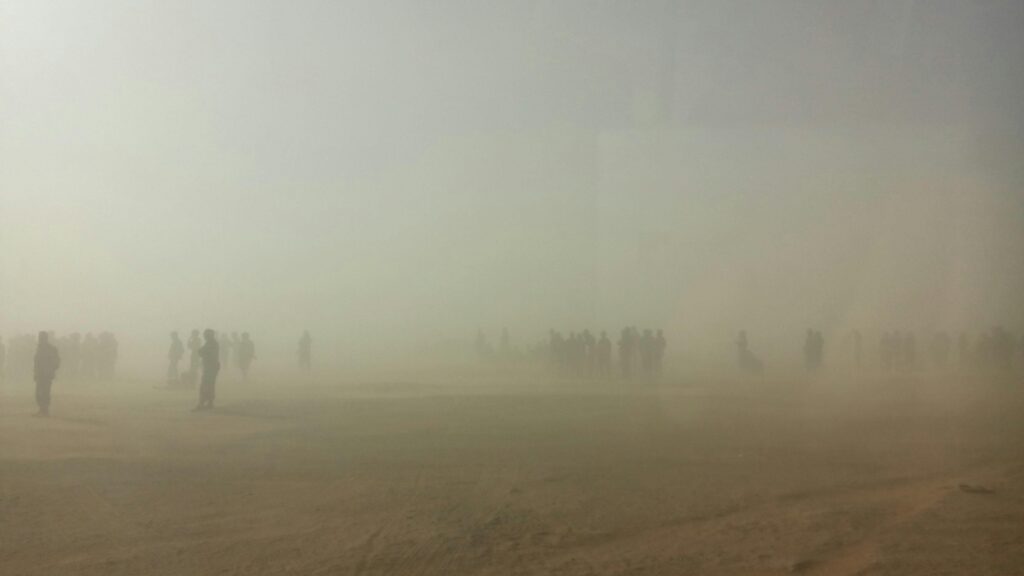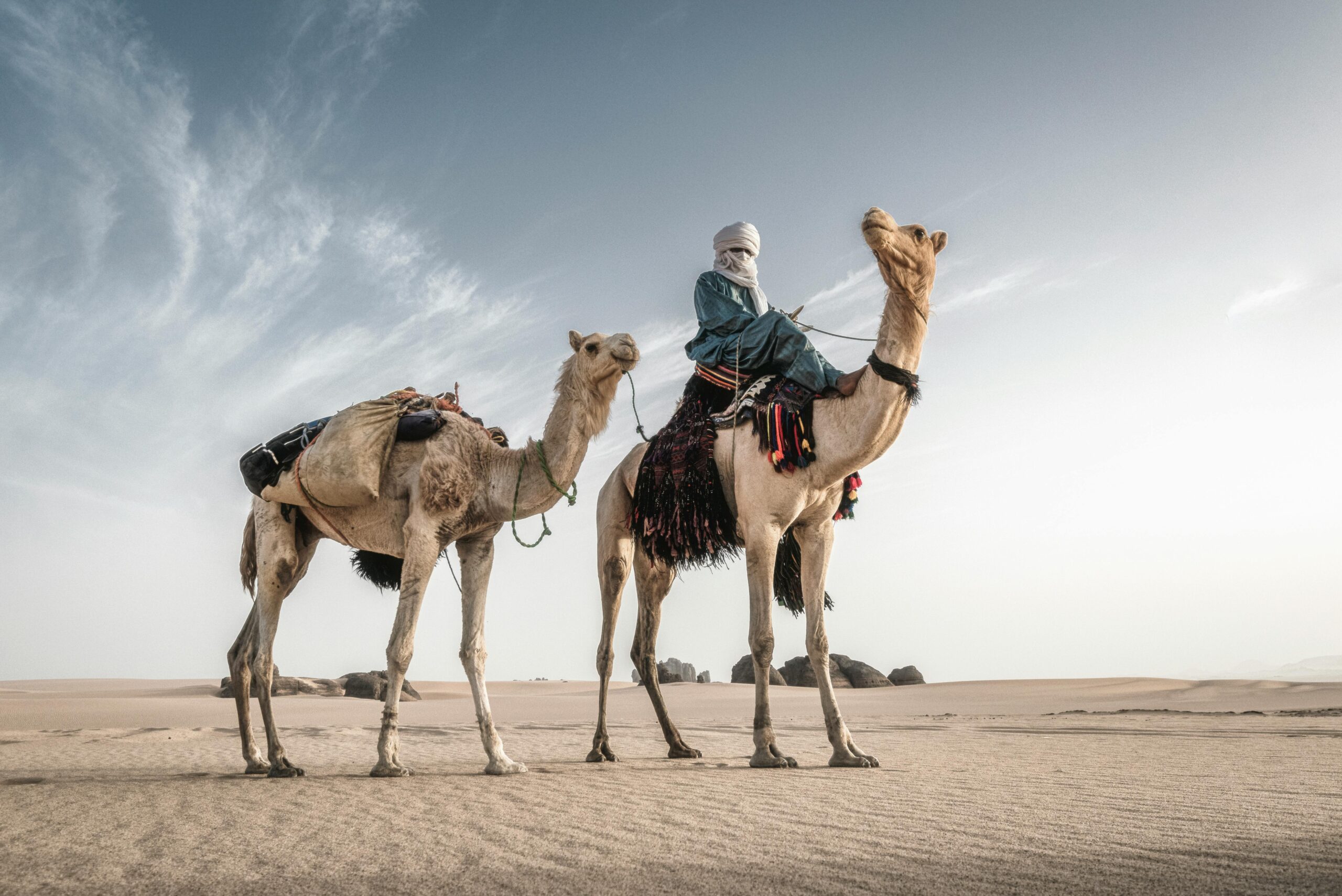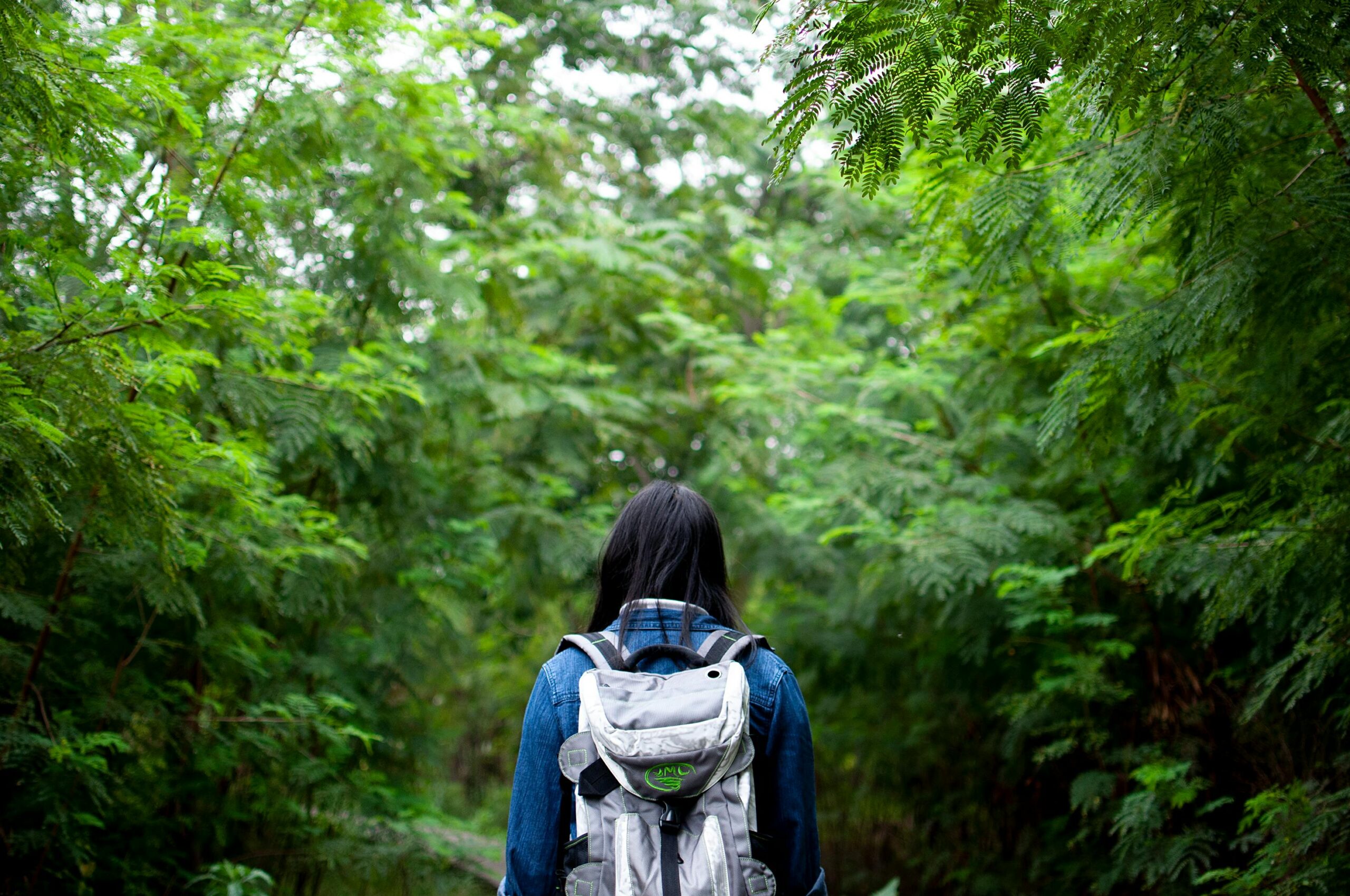In the vast emptiness of Algeria’s southeastern Sahara lies a landscape that feels like another world. The Tassili n’Ajjer, a UNESCO World Heritage Site, is a plateau of surreal rock formations, prehistoric cave art, and ancient caravan trails—many of which are still traversed today by the Touareg people, the nomadic desert guardians of this region.

What Makes Tassili n’Ajjer Special?
Geological Wonders:
Tassili n’Ajjer, meaning “Plateau of the Rivers,” is filled with towering sandstone arches, mushroom-like spires, and narrow canyons carved by wind and time. Some formations resemble castles, others frozen waves—making the area a photographer’s dream.
Prehistoric Art:
The region is home to over 15,000 petroglyphs and cave paintings, some dating back 12,000 years. They depict ancient wildlife, human figures, and early spiritual rituals, revealing a Sahara that was once green and teeming with life.
Cultural Continuity:
For centuries, the Touareg have guided travelers through these harsh terrains. Dressed in their iconic blue robes and turbans, they carry with them generations of knowledge about water sources, star navigation, and desert survival.
The Touareg Trekking Experience
Modern tours in the area often involve multi-day camelback or hiking treks, camping under the stars with only the desert wind for company. Treks are usually led by Touareg guides, offering not just logistical navigation, but storytelling, music, and rich cultural immersion.
- Daytime: Travelers cross plateaus, explore hidden grottoes, and visit rock art galleries.
- Evenings: Camps are set up using traditional methods, with meals cooked over fire and tales of Touareg legends shared over tea.
- Stargazing: With no light pollution, the night skies are breathtaking—perfect for astrophotography or quiet contemplation.

Travel Considerations
- Permits and Safety: The region requires special travel permits due to its proximity to international borders. Local guides are essential for both safety and cultural insight.
- Best Time to Visit: October to March offers cooler temperatures and clearer skies.
- Sustainability: Eco-tourism operators often work directly with Touareg communities, ensuring income flows to local families and traditions are respected.
Frequently Asked Questions
Q: Where is Tassili n’Ajjer located?
A: In southeastern Algeria, near the borders with Libya and Niger. The nearest travel hub is Djanet.
Q: Who are the Touareg people?
A: A Berber ethnic group known for their nomadic lifestyle, poetry, music, and deep understanding of the Sahara’s rhythms.
Q: Is it safe to travel there?
A: Travel in the region requires local permits and is best done with reputable tour operators who follow up-to-date security protocols.
Q: What makes the rock art significant?
A: It documents thousands of years of environmental and cultural history, including extinct animals and ancient human rituals.
Q: Can I trek solo?
A: It’s not advisable. The terrain is challenging and remote, making experienced local guides essential.
Trekking through Tassili n’Ajjer isn’t just about crossing a desert—it’s about stepping into a living museum of humanity, geology, and resilience. For adventurous souls drawn to history, silence, and awe, the Algerian Sahara—led by the wisdom of the Touareg—offers a journey like no other.

Sources CNN


